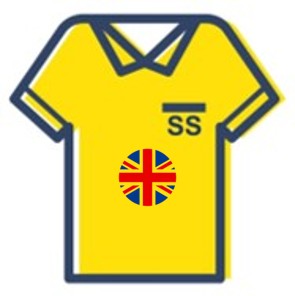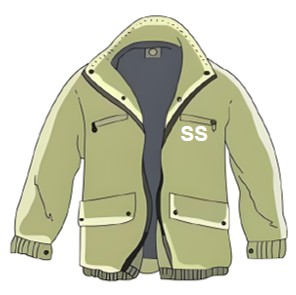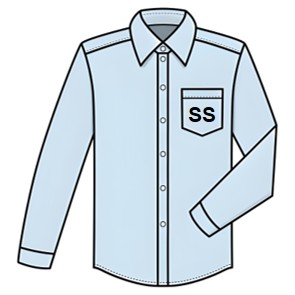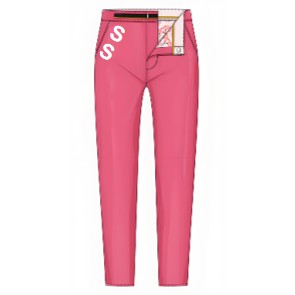Standard Clothing Size
US Standard Clothing Size

UK Standard Clothing Size

EU Standard Clothing Size

CN Standard Clothing Size

JP Standard Clothing Size

About Standard Clothing Size
1. Standard clothing size facts.
Unlike shoe sizes, which have a more direct relationship to foot length, there is no single, global standard for clothing sizes. A "Medium" (M) or a "Size 12" can vary dramatically between countries, brands, and even different styles from the same brand.
This is due to several factors:
Target Market: A brand's "fit model" (the person they design the garment on) reflects their ideal customer's body type.
Vanity Sizing: Many brands, especially in the US and UK, use "vanity sizing," where they label clothing with a smaller size number than the actual measurements to flatter the customer (e.g., a garment that measures like a 14 might be labeled a 12).
Style and "Ease": A "slim fit" shirt and a "relaxed fit" shirt in the same size from the same brand will have very different measurements. The amount of extra room built into a garment is called "ease."
2. Pro Tips for Buying Clothes That Fit.
B: Read Reviews: Look for phrases like "runs large," "true to size," or "size down." Customers often share their own measurements and the size they bought.
C: Know the Fabric: Stretchy materials (jersey, elastane blends) are more forgiving than rigid ones (denim, 100% cotton).
D: Understand the Fit: Know the difference between "slim," "regular," "relaxed," and "oversized" fits.
E: When in Doubt, Size Up: It's generally easier for a tailor to take a garment in than to let it out.




